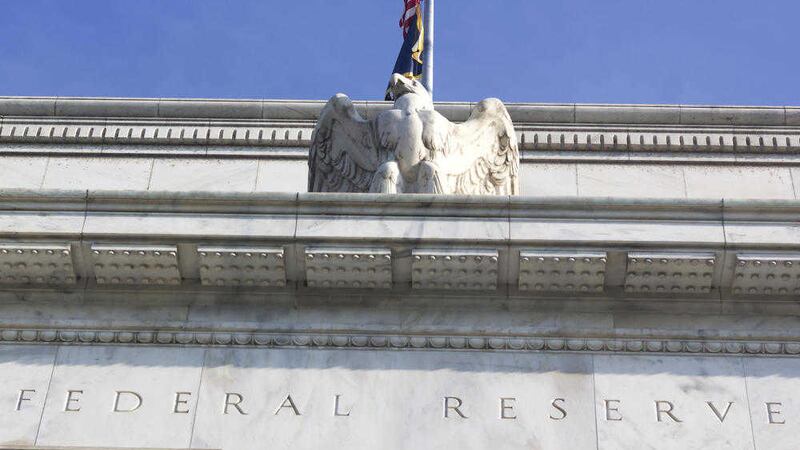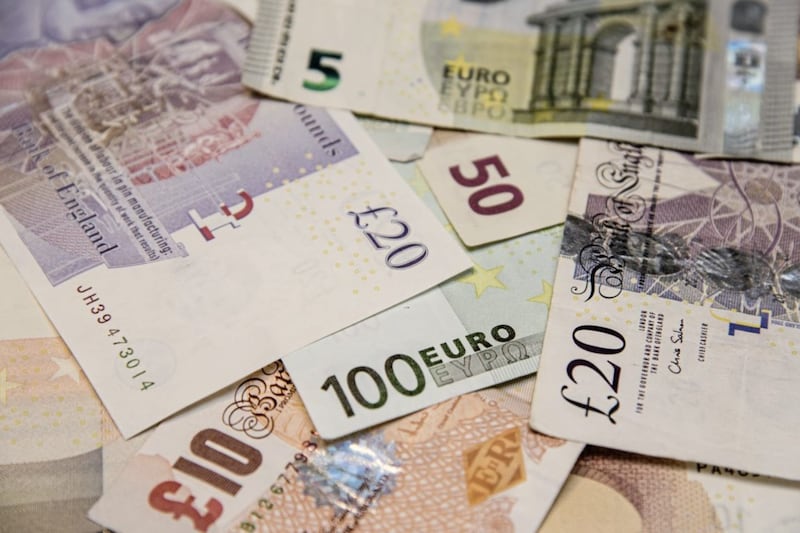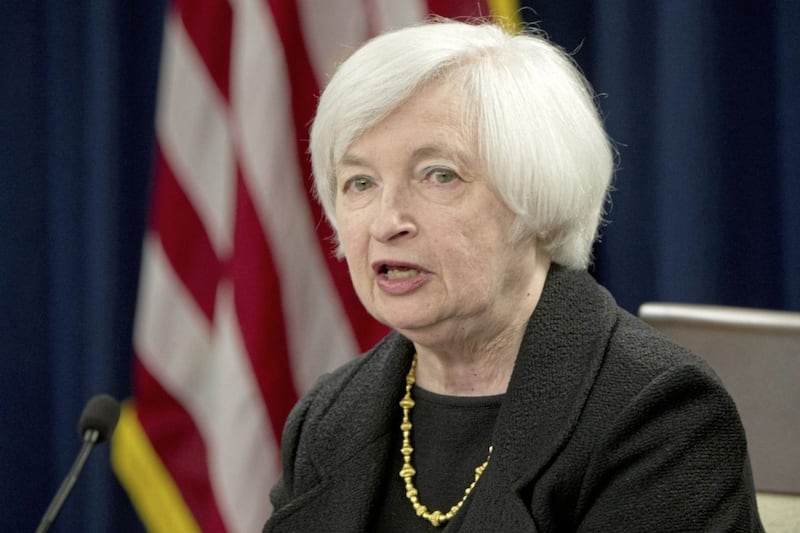THE financial markets have settled down in recent weeks after a difficult opening to the year. There's been some easing in concerns over the health of the global economy, which appears to have been largely driven by fear rather than weak economic data. The improvement in investor sentiment is reflected in some gains for equity markets, although most of the main indices are still under water on a year-to-date basis.
Another consequence of the turbulent start to the year has been a re-assessment by markets of the expectations for global monetary policy. The timing and extent of interest rate increases from both the US Federal Reserve and Bank of England have been pushed out on the horizon. As a result, the extent of monetary policy divergence being anticipated has also been reined in.
This narrowing in interest rate differentials between the US/UK and eurozone played a part in helping the euro recover against both the dollar and sterling. However, with the European Central Bank (ECB) meeting this week – amid heightened expectations of further easing - this divergence theme could be reasserted. This is particularly likely following Friday’s release of a very strong US payrolls report for February which has put the possibility of Fed tightening back on the agenda for this year.
At the last ECB meeting, it provided something of a dovish surprise to markets as it stated that it would be “necessary to review and possibly reconsider its monetary policy stance” at this week’s meeting. Since then, eurozone inflation has moved lower - falling back into negative territory in February. In addition, recent leading indicators of activity - such as the Eurozone Purchasing Managers’ Index (PMI) - have pointed to a slower pace of growth. Therefore, this week’s ECB economic projections are likely to include downward revisions to growth and inflation.
In particular, the ECB’s 1 per cent inflation forecast for 2016 was predicated on the assumption that oil prices would average $52 a barrel this year. They have averaged just $33 so far this year, with current futures contracts suggesting prices will average less than $40 in the full year. Assuming the ECB does follow through on its dovish policy signals, possible easing measures include a further cut in the deposit rate (currently at -0.3 per cent) and an increase in the size of quantitative easing (currently €60bn per month).
Data-wise, the eurozone schedule for the coming days has a relatively sparse look. Closer to home, a quiet week is in prospect with no significant economic releases of note. The highlight of the week for UK market-watchers is likely to happen today as the Bank of England governor Mark Carney is due to address Parliament regarding the Bank’s views on Brexit. Giving the increasing press coverage on the upcoming referendum, the governor’s words will be closely scrutinised.
Elsewhere, Irish GDP for the final quarter of 2015 is due to be released. Some data in the quarter suggested that growth may have slowed slightly. Despite this, we are still likely to see year-on-year growth of around 5 per cent in quarter four. On an annual basis, Irish GDP is estimated to have increased by around 6.5 per cent - a particularly impressive performance.







